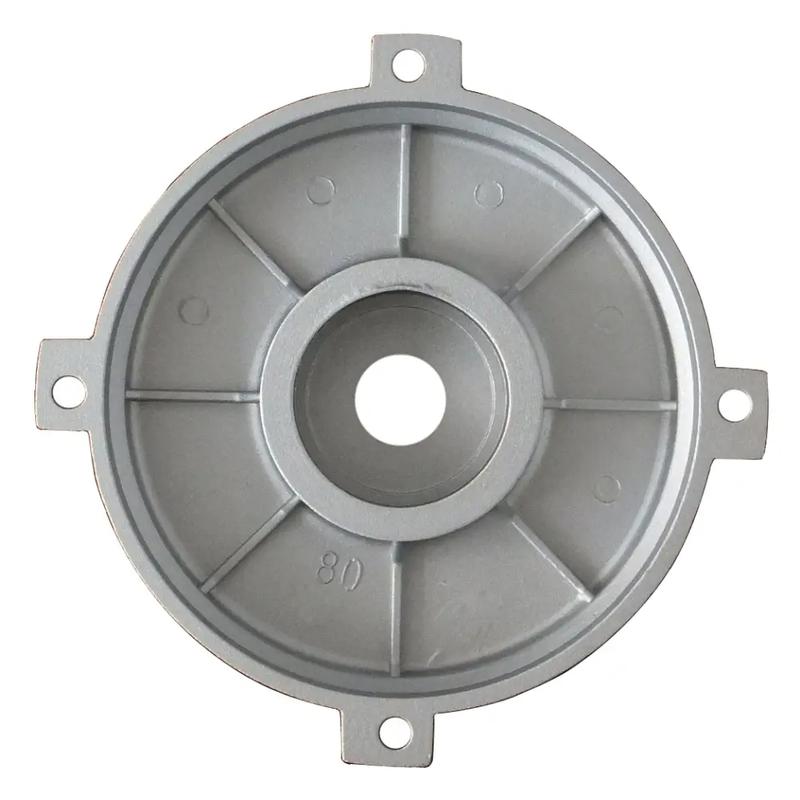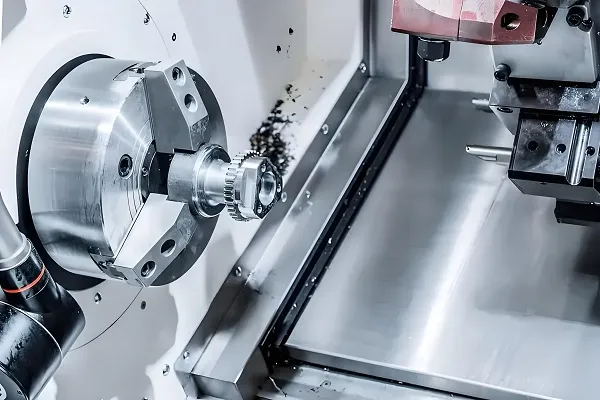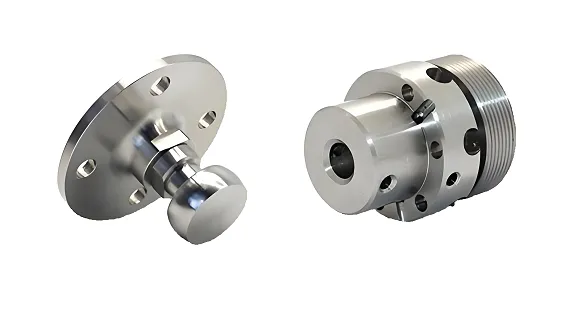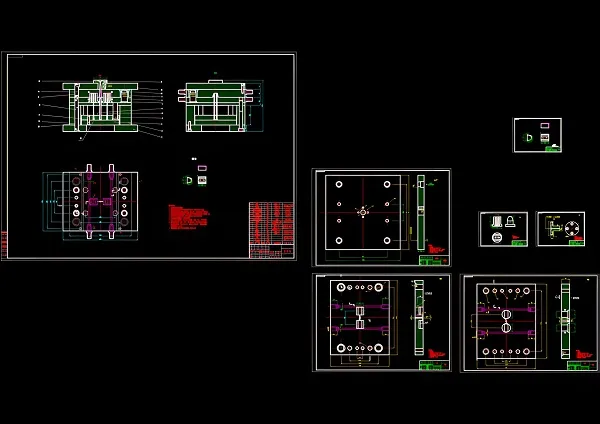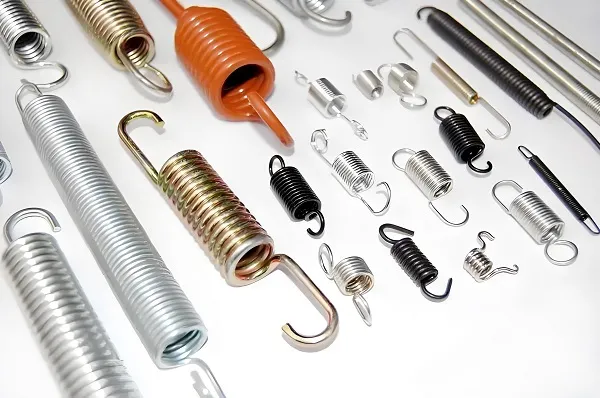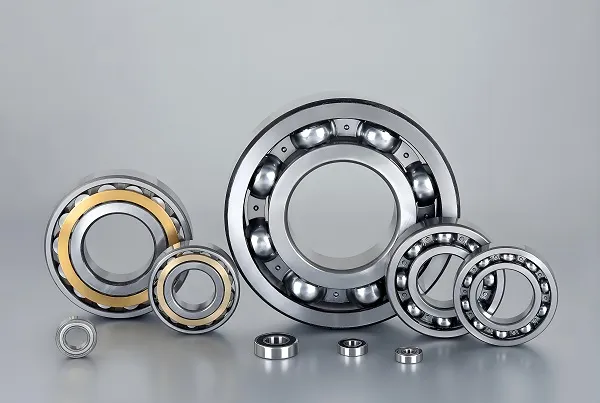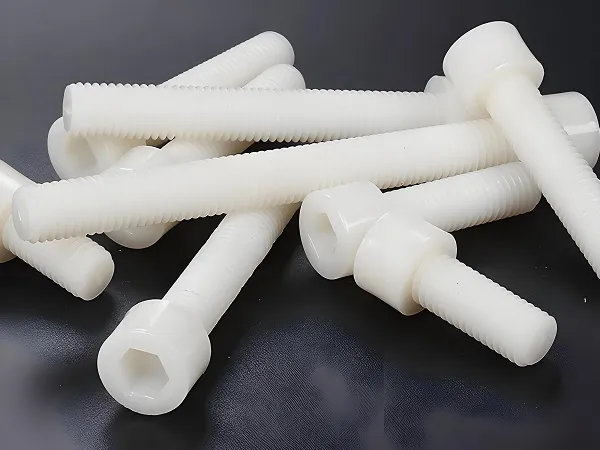Metal die casting parts are formed by forcing molten metal into a mold cavity under high pressure, resulting in precise, complex shapes with smooth surfaces. This efficient process is widely used across industries for producing high-volume, dimensionally accurate components, offering a balance of strength, cost-effectiveness, and design flexibility. Custom metal die casting parts cater to specific application needs, ensuring optimal performance and fit.
1. Why Custom Metal Die Casting Parts
Custom metal die casting parts are vital for applications where standard components fall short. They allow for precise tailoring to unique design specifications, including intricate geometries, tight tolerances, and specific mechanical properties that standard parts can’t match.
High-volume production runs benefit significantly from customization, as die casting molds can be engineered to produce consistent, repeatable parts with minimal post-processing. This reduces waste, lowers per-unit costs, and ensures parts integrate seamlessly into larger assemblies. Additionally, customization enables the selection of materials and finishes tailored to environmental conditions, such as corrosion resistance for outdoor use or heat resistance for automotive engines, enhancing overall product durability and performance.
2. Metal Die Casting Parts Processing Technologies
- Hot Chamber Die Casting: Suitable for low-melting-point metals like zinc and magnesium. The molten metal is held in a furnace attached to the die casting machine, allowing for fast cycle times and high productivity, ideal for small to medium-sized parts like hardware components.
- Cold Chamber Die Casting: Used for high-melting-point metals such as aluminum, copper, and brass. Molten metal is ladled into a cold chamber before being injected into the mold, preventing machine damage from high temperatures. This method is preferred for larger, high-strength parts like automotive engine brackets.
- Squeeze Casting: Combines die casting and forging, applying pressure to molten metal as it solidifies. This eliminates porosity, improving part density and strength, making it suitable for load-bearing components like structural automotive parts.
- Vacuum Die Casting: Removes air from the mold cavity before injection, reducing porosity and improving surface finish. It’s ideal for parts requiring high integrity, such as hydraulic components and aerospace parts.
3. Metal Die Casting Parts Processing Flow
- Design and Engineering: Collaborate with engineers to finalize part designs, considering moldability, wall thickness, draft angles, and tolerance requirements. Computer-aided design (CAD) and simulation software are used to optimize the design for die casting, ensuring proper metal flow and minimizing defects.
- Mold Fabrication: Create a precision mold (typically from tool steel) based on the design. The mold consists of two halves (cope and drag) with cavities that define the part’s shape. Mold making is a critical step, as its quality directly impacts part accuracy and production efficiency.
- Material Preparation: Melting the selected metal alloy to the precise temperature, ensuring it reaches a fluid state suitable for injection. Strict control of alloy composition is maintained to meet mechanical property specifications.
- Die Casting Process: The molten metal is injected into the mold cavity under high pressure (ranging from 100 to 2000 bars) using a die casting machine. The metal solidifies quickly under pressure, taking the shape of the mold.
- Part Ejection and Trimming: Once solidified, the mold opens, and the part is ejected. Excess material (flash) is trimmed from the part using specialized tools to meet dimensional requirements.
- Post-Processing: Depending on the application, parts may undergo additional treatments such as heat treatment to enhance strength, surface finishing (painting, plating, or powder coating) for corrosion resistance or aesthetics, and machining for critical dimensions.
- Quality Inspection: Parts are inspected using tools like coordinate measuring machines (CMMs) for dimensional accuracy, X-ray testing for internal defects, and tensile testing for mechanical properties. Only parts meeting strict quality standards proceed to assembly or shipment.
4. Metal Die Casting Parts Materials
- Aluminum Alloys: Lightweight, corrosion-resistant, and with good thermal conductivity, aluminum die casting alloys (e.g., ADC12, A380) are widely used in automotive, electronics, and aerospace industries for parts like housings and heat sinks.
- Zinc Alloys: Offer high dimensional accuracy, excellent surface finish, and low melting points, making them ideal for small, intricate parts such as hardware, toys, and consumer electronics components (e.g., ZnAl4Cu1).
- Magnesium Alloys: The lightest structural metals, with high strength-to-weight ratios, suitable for aerospace and automotive parts where weight reduction is critical (e.g., AZ91D).
- Copper Alloys: Provide superior electrical and thermal conductivity, along with high strength, making them suitable for electrical components, plumbing fixtures, and industrial machinery (e.g., brass alloys like C36000).
5. Metal Die Casting Parts Applications
- Automotive Industry: Produces engine brackets, transmission cases, wheel hubs, and dashboard components, leveraging aluminum and zinc alloys for lightweight and durability.
- Electronics and Electrical: Manufactures housing for smartphones, laptops, and power tools, as well as heat sinks and connectors, using aluminum and zinc for their thermal and electrical properties.
- Aerospace and Defense: Creates structural components, hydraulic fittings, and avionics enclosures from magnesium and aluminum alloys, ensuring high strength and weight efficiency.
- Consumer Goods: Includes parts for appliances (e.g., washing machine components), hardware (e.g., door handles), and toys, utilizing zinc and aluminum for cost-effectiveness and detail replication.
- Industrial Machinery: Produces pumps, valves, and gearbox housings, often using copper alloys for their wear resistance and brass for corrosion resistance in fluid systems.
6. Metal Die Casting Parts Performance Additions
- Heat Treatment: Processes like solution annealing and aging enhance the strength and hardness of aluminum and magnesium alloys, making parts suitable for high-stress applications.
- Surface Coatings: Powder coating provides a durable, corrosion-resistant finish in various colors, while electroplating (chrome, nickel) improves aesthetics and wear resistance. Anodizing aluminum creates a protective oxide layer, enhancing corrosion and scratch resistance.
- Threaded Inserts: Metal inserts (steel or brass) are cast into parts to provide strong threading for screws or bolts, increasing assembly durability.
- Porosity Sealing: Impregnation with resins seals microscopic pores in cast parts, preventing fluid leakage in hydraulic or pneumatic components.
7. Metal Die Casting Parts Common Questions
- What is the typical tolerance range for die casting parts?
Tolerances depend on part size and material but generally range from ±0.02mm to ±0.1mm for small parts. Aluminum and zinc alloys offer tighter tolerances than magnesium, with cold chamber casting providing better precision than hot chamber methods.
- How long does a die casting mold last?
Mold lifespan varies by material: zinc alloy molds can produce 100,000–1,000,000 parts, aluminum alloy molds 50,000–500,000 parts, and magnesium alloy molds 30,000–300,000 parts. Proper maintenance (cleaning, lubrication) extends mold life.
- Is die casting cost-effective for low-volume production?
Die casting has high initial mold costs, making it less economical for very low volumes (fewer than 1,000 parts). However, for volumes above 5,000 parts, the per-unit cost drops significantly, outperforming machining or forging.
- Can die casting parts withstand high temperatures?
Aluminum alloys can tolerate temperatures up to 300°C, while copper alloys handle over 500°C, making them suitable for engine components. Magnesium alloys have lower heat resistance (up to 150°C) and are better for non-heated applications.
Need custom metal die casting parts for your project? Whether you require high-volume automotive components, precision electronics housings, or durable industrial parts, we’re here to help. Share your design specifications, material preferences, and production volume in the comments, and our expert team will provide tailored solutions, including mold design insights, cost estimates, and production timelines. Let’s bring your vision to life with high-quality, custom die casting parts—contact us today!
